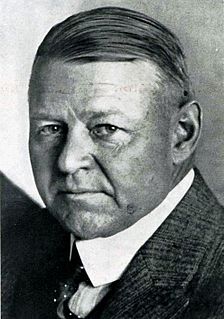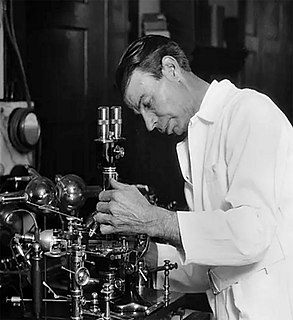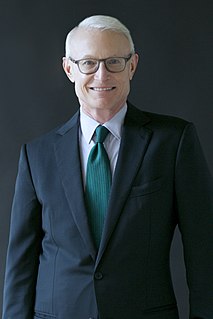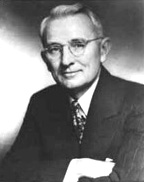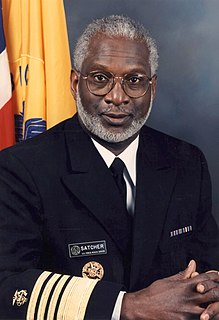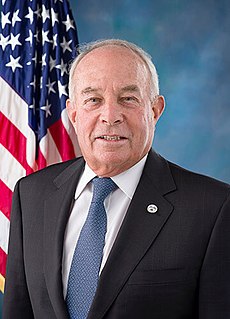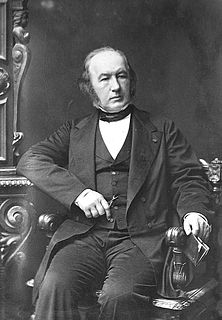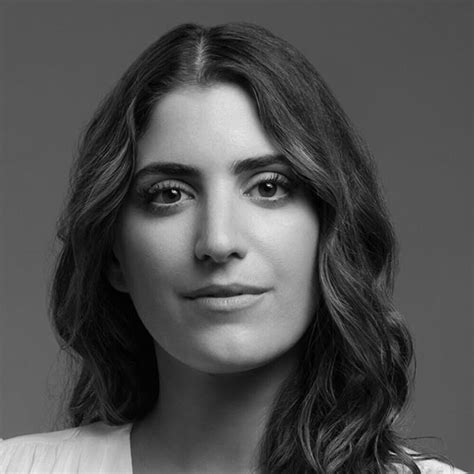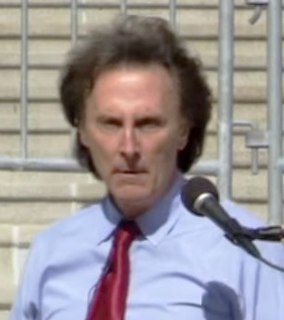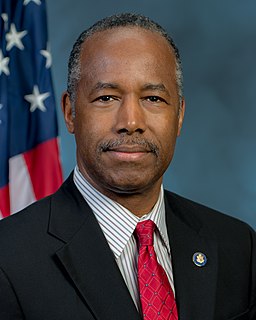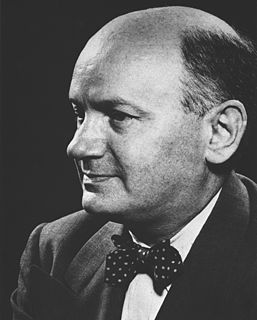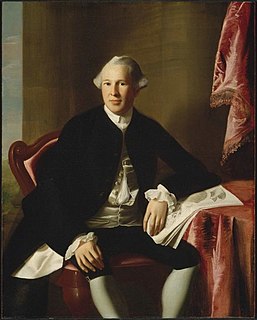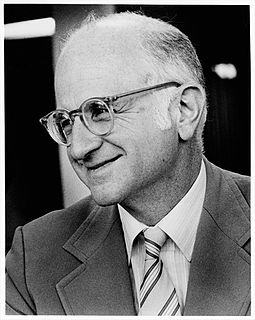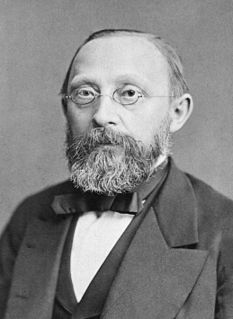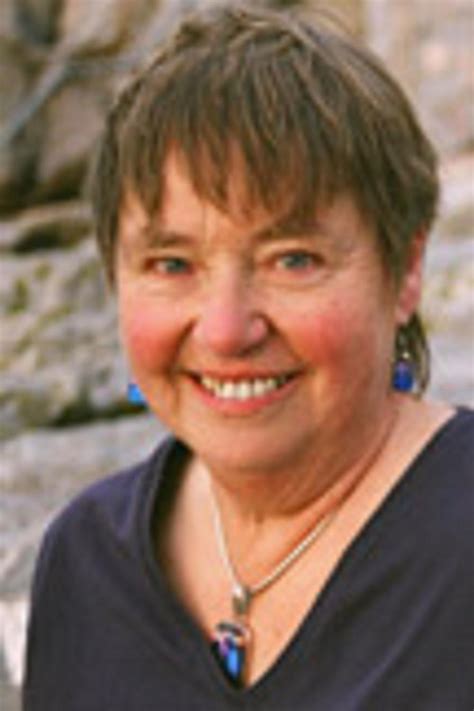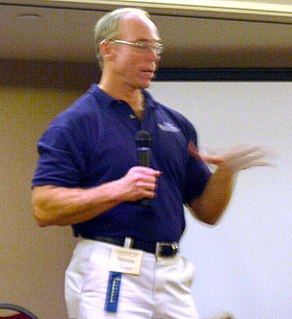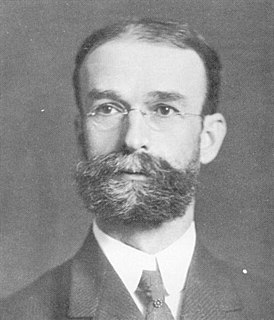A Quote by Petr Skrabanek
The physicians belief in the treatment and the patients faith in the physician exert a mutually reinforcing effect; the result is a powerful remedy
that is almost guaranteed to produce an
improvement and sometimes a cure
Related Quotes
In 1975, the respected British medical journal Lancet reported on a study which compared the effect on cancer patients of (1) a single chemotherapy, (2) multiple chemotherapy, and (3) no treatment at all. No treatment 'proved a significantly better policy for patients' survival and for quality of remaining life.'
The cure of the part should not be attempted without treatment of the whole. No attempt should be made to cure the body without the soul. Let no one persuade you to cure the head until he has first given you his soul to be cured, for this is the great error of our day, that physicians first separate the soul from the body.
I tell patients that tranquilizers alone never cure anyone. They merely reduce the intensity of the symptoms and make life slightly more endurable. They create a better behaved, chronic dependent person. Only with orthomolecular treatment can the majority of schizophrenic patients hope to become well and normally independent.
When a physician is called to a patient, he should decide on the diagnosis, then the prognosis, and then the treatment. ... Physicians must know the evolution of the disease, its duration and gravity in order to predict its course and outcome. Here statistics intervene to guide physicians, by teaching them the proportion of mortal cases, and if observation has also shown that the successful and unsuccessful cases can be recognized by certain signs, then the prognosis is more certain.
Treating only terminal cancer patients, the Rand (anti-cancer) vaccine produced objective improvement in 35% of 600 patients while another 30% demonstrated subjective improvement. FDA stopped the vaccine's use in a federal court hearing where neither the cancer patients nor their doctors were allowed to testify.
We went through the records and we found over five hundred of his patients who were alive and well five years after their treatment, with no cancer. And Dr. Burton didn't selectively give us these. These were "take what you want. Here are the patients I treated." So there was statistical improvement - more so than any cancer institution in the United States could show.

